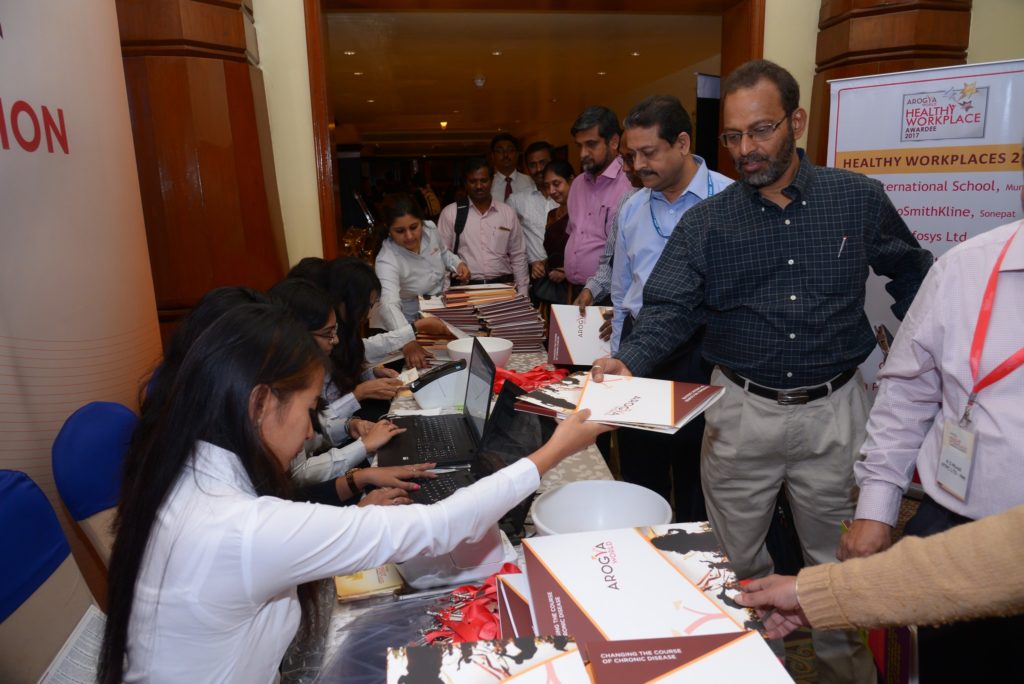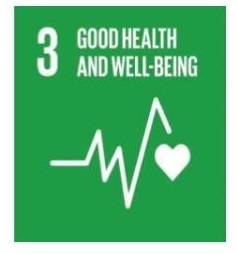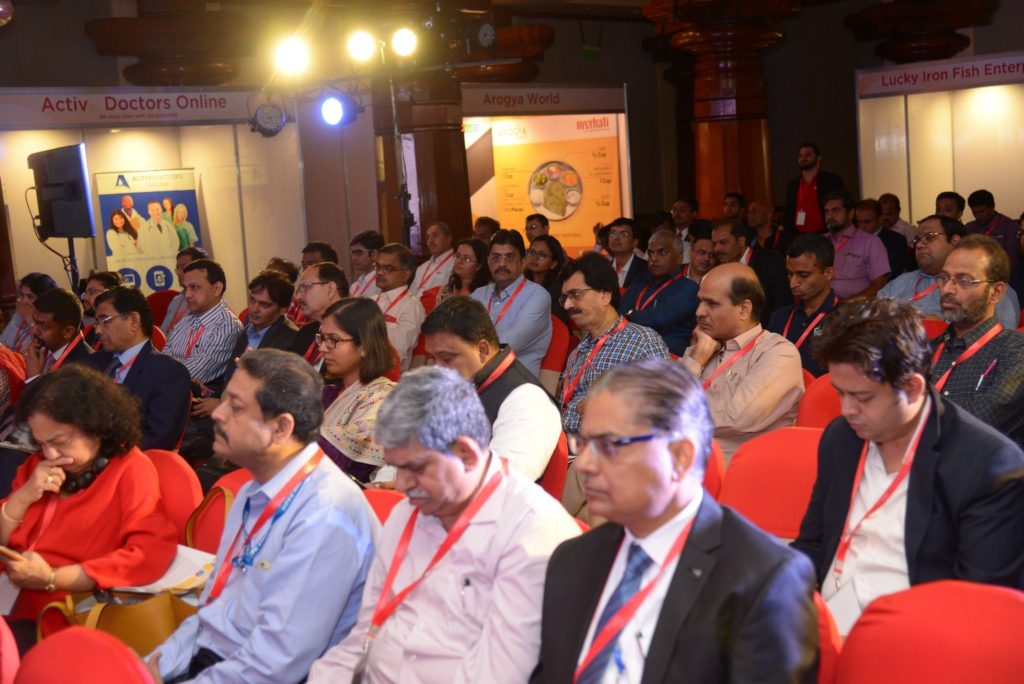The NCD Movement
The NCD Movement
In September 2011, the UN General Assembly held the first ever UN Summit on Non-Communicable Diseases. This represented the second time in history that a health-focused UN Summit took place – the first one was on HIV/AIDS in 2001. This Summit addressed the threat posed by NCDs to low- and middle-income countries. World leaders, many of them heads of state, gathered at the United Nations in New York to find solutions to the growing danger posed by NCDs. They issued a Political Declaration that called NCDs one of the greatest health and development challenges of the century and called for coordinated global action against these very serious diseases. Subsequently, the world has committed to reducing the mortality from NCDs by 25% by year 2025 and has made many strides in getting NCDs included in the global dialogue on post-2015 Developmental agenda. In 2020, there is increasing attention to underlying NCDs like heart disease and diabetes leading to greater complications from COVID infections as well.
NCDs: A Social Justice Issue
80% of deaths from NCDs occur in developing countries, where people have lower access to medicines, health care and healthy lifestyles. NCDs can push families into poverty, and poverty in turn worsens NCDs. The opportunity to survive should not be defined by income and geography. Yet it is.
NCDs: A Threat to Our Children’s Future
Our children are growing up more susceptible to NCDs than previous generations due to forces outside their control. Low birth weight can predispose babies to getting diabetes and heart disease later in life. And the marketing of fast food, sugary drinks, alcohol and tobacco to children and adolescents has led to the rising prevalence of NCDs. Children have a right to health and a life free of disease. Adolescence is when lifestyle habits get set.
NCDs Are Preventable
Physical inactivity and poor diets together cause about half of the deaths (up to 17 million) from NCDs worldwide. By championing physical activity and better foods, we can have a significant and positive impact millions of lives.
According to the WHO, eating a healthy diet, increasing physical activity and avoiding tobacco use can prevent:
- 80% of premature heart disease
- 80% of type 2 diabetes cases, and
- 40% of cancers
NCDs and SDGs
The 17 Sustainable Development Goals (SDGs), adopted by the world in 2015, provide a shared blueprint for peace and prosperity for people and the planet, now and into the future. They are an urgent call for action by all countries – developed and developing – to end poverty, improve health and education, reduce inequality, and spur economic growth – all while tackling climate change and working to preserve our oceans and forests. NCDs are a core and integral part of SDG #3, Health and Well-being for all at all ages.
3.4 By 2030, reduce by one third premature mortality from non-communicable diseases through prevention and treatment and promote mental health and well-being
NCDs and UHC

Universal Health Coverage means that all individuals and communities receive the health services they need without suffering financial hardship (WHO). It includes the full spectrum of essential, quality health services, from health promotion to prevention, treatment, rehabilitation, and palliative care.
Since NCDs are a key part of the healthcare expenses for many families, NCDs, their treatment and prevention are intertwined with discussions on UHC.
How India is tackling UHC
An exciting initiative, Ayushman Bharat, is currently unfolding in India with large ambitions. It is a monumental effort to address NCDs and achieve Universal Health Coverage. The government has committed to starting 150,000 health & wellness centers around the vast country focused on delivering primary healthcare and to help 500 million of the poorest pay for hospitalizations. India’s leadership in confronting a seemingly intractable issue and the government’s boldness of action deserve our kudos. Even if more can be done to achieve tangible progress on the ground (and more can always be done), we have learned that nothing much comes from aiming low.
NCDs and COVID-19
The world has changed with COVID-19 and it is believed that people with underlying NCDs such as heart disease and diabetes, are at risk for greater complications from COVID infection. Many insights are coming forth rapidly – see here for some important resources we’ve compiled.
NCDs and Women
We believe that women are uniquely impacted by NCDs as patients, mothers, and caregivers. And our 10,000 Women’s Study shows that. We are active members of the Taskforce on Women & NCDs, and believe very much in the life course approach to prevention. We agree with the >15 other leading non-profits that women have a right to health and disease prevention throughout their lives, from birth, their 5th birthdays, through adolescence and marriage and pregnancy, right through to old age.
Read Nalini’s op-ed on this important issue.
Arogya World’s Role in this Movement
We have an unprecedented opportunity to rally the world around NCD prevention, and persuade governments, public health advocates, development agencies, donors, media and civil society to step up to the plate and take responsibility to tackle the NCD problem head-on. With millions of lives on the line, the time to act is now.
We at Arogya World feel fortunate that we are active participants in the NCD movement which is quickly gathering momentum, and that we are contributing to it with advocacy and public health programs. These are indeed historic times in global health. As we make progress, the world is recognizing the threat of NCDs and that they are indeed changing the face of global health as we know it.
Learn more by reading our 2012 Op-Ed Series.
Learn about the grassroots perspectives of 10,000 women and the impact of NCDs on their everyday lives and their families. We have taken these results many times to meetings at the UN and other global fora.
Read about our Salt Summit in Delhi and the evidence we gathered to hammer home the point that we should reduce salt use, especially in India.
See how we have advanced the dialogue on workplace health in India, and how we are striving to get the entire nation of India to eat right.
Learn more about why we started our programs.





